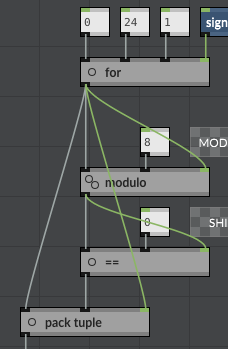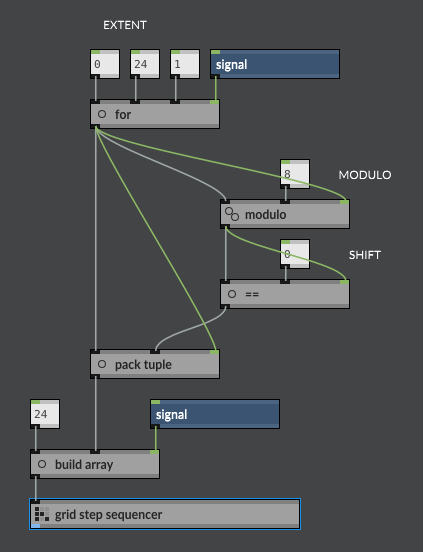Good idea, I'll look into this. I may be able to support both: having a dedicated key that brings up the dialog with an empty search field, and also still allowing generic key presses to begin a search. This doesn't necessarily "waste" shortcuts because only unmodified key presses open this dialog.ThomasHelzle wrote: ↑Thu Feb 07, 2019 7:41 pm Like cturner, I wonder about the node search as well. In all other node based software I use, a certain key has to be pressed to open the node list. In Houdini & Cables.gl it's TAB, in some it was SPACE (which wouldn't work in Architect).
This has the benefit of:
a.) leaving all those letters free as shortcuts and
b.) allows to enter whatever letter or special character one needs without colliding with other stuff, since after pressing TAB, the focus is clearly inside of a text field.
(As an aside, I also need to display and allow users to customise all these keyboard shortcuts. Providing a default set that works on every host or every platform is a fool's errand, but at least if they can be customised then you can work around whatever key presses are greedily consumed by the host before Architect has a chance to respond to them.)




